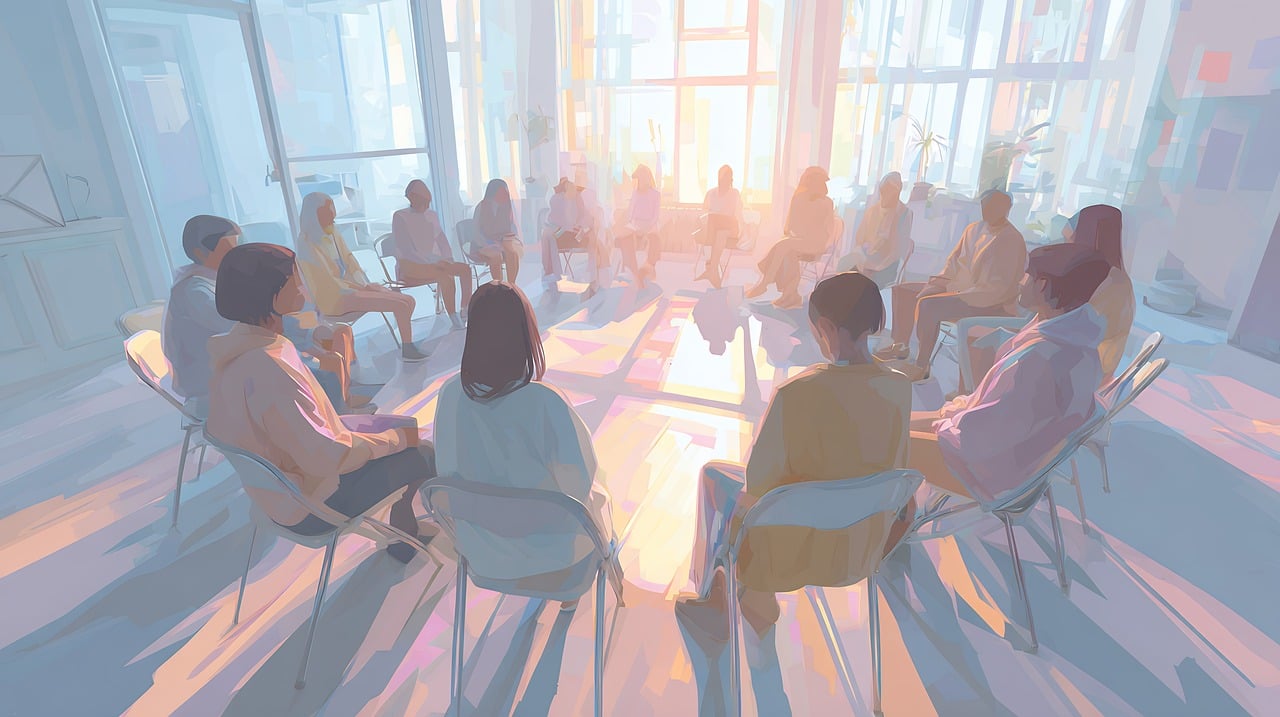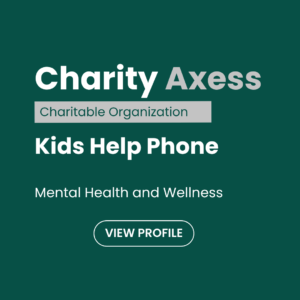If you’ve ever opened your laptop to find a therapist in Ontario and closed it in frustration minutes later, you’re not alone. Across the province, long waitlists and high fees make getting help feel like climbing a hill that never ends.
Publicly funded therapy can take months, sometimes even years, to access, while private sessions often range from $150 to $300 an hour, according to the Ontario Psychological Association. For many, that’s enough to give up altogether. Therapy shouldn’t be a privilege, but too often, it still feels like one. And that raises an important question: why is mental health care still so difficult to access in a province that constantly talks about wellness?
Finding therapy in Ontario isn’t about motivation or commitment, it’s about accessibility. And for many, that’s where the barriers begin. Publicly funded mental health services are stretched to their limits, and private options are out of reach for most people.
A recent report from Children’s Mental Health Ontario revealed that more than 28,000 children and youth are currently waiting for treatment, with some families waiting over two years. In the life of a young person, that’s an eternity. Adults aren’t faring much better. Most private therapists in Ontario charge between $150 and $300 per session, depending on credentials and location, and while some workplaces or universities offer limited coverage, it rarely covers the full cost.
In most cases, OHIP only covers therapy when delivered in hospitals or by psychiatrists, though a few community and family health teams offer limited coverage through staff psychologists or social workers, leaving thousands of Ontarians to navigate a confusing system on their own. The challenge is even greater in rural communities, where there are fewer providers, longer travel times, and limited community-based programs.
Ontario’s Roadmap to Wellness, a ten-year plan introduced in 2020, was meant to close these gaps with a $3.8-billion investment in mental health and addictions care. But progress has been slow and uneven. According to the Mental Health Commission of Canada’s 2024 State of Mental Health Report, Ontario still allocates only about 5.9% of its total health budget to mental health. Much of that funding continues to go toward hospitals and psychiatrist-led programs, while community organizations — often the most accessible points of care — compete for limited grants and try to retain overworked staff.

The result is a system where those in crisis receive attention first, and everyone else waits. When care depends on your postal code or your ability to pay, it stops being a public service and starts feeling like a lottery.
That’s where charities and nonprofits quietly step in — running programs, answering crisis lines, and offering free counseling where government coverage ends. The problem is, they’re expected to do all of this without the funding or resources to meet growing demand. As a result, the responsibility for care keeps shifting, and the people who need it most are left waiting.
Despite long wait times, organizations like the Canadian Mental Health Association (CMHA) Ontario remain a vital first stop for people in need. They keep community programs running, maintain crisis lines, and advocate for better funding across the province. Their mission, “a society that embraces and invests in the mental health of all people,” captures what’s missing from the broader system. It’s not perfect, but CMHA’s work shows what’s possible when care is treated as a shared responsibility, not a personal expense.
Other organizations are also stepping up in remarkable ways. Stella’s Place, for instance, provides free, youth-focused therapy both in person and online — no cost, no long waits, just genuine support. Kids Help Phone continues to be a lifeline for young people 24/7 through text, chat, or phone, with average wait times of about 30 minutes. These examples prove that accessible mental health care isn’t just a dream — it’s achievable when empathy guides design and delivery.
These nonprofits may not have endless budgets or polished systems, but they have something more powerful: heart. They show what’s possible when communities unite to make mental health care reachable for everyone.
It’s easy to feel discouraged when you look at the numbers: the long waits, the high costs, the funding gaps, but progress is possible. Ontario has made small but meaningful strides, and with continued advocacy, stronger investment, and open conversations, those steps can become real reform.
That change begins with all of us. Supporting charities like CMHA Ontario, Stella’s Place, or Kids Help Phone means helping people right now and reminding policymakers that mental health care isn’t optional. Whether through donations, volunteering, or simply sharing resources, we can each make a difference. Talking openly with our friends, families, and workplaces about what therapy access really looks like in Ontario is part of that shift too.
Accessible therapy isn’t a luxury — it’s the foundation of a healthy province. When people can seek help without months-long delays or financial strain, families stay stronger, workplaces thrive, and communities heal. The proof is already out there in the organizations and advocates who refuse to let anyone fall through the cracks. Now it’s on all of us — government, charities, and citizens — to keep pushing for a system that works for everyone.
Because therapy shouldn’t be a privilege. It should be a promise.
Written by: Nuray Poland, Volunteer Contributing Writer, CharityAxess Writers Program.
About the Writer: Nuray Polad is a Media and Communications student with a passion for storytelling, cultural representation, and social impact. She explores how the media shapes communities and works to bring underrepresented voices to the forefront. Through her writing, Nuray focuses on impactful narratives, interviews, and opinion pieces that connect readers to meaningful causes and conversations across Canada.
Editor’s note: This piece reflects the author’s opinion and uses publicly available data from sources including the Ontario Psychological Association, Children’s Mental Health Ontario, and the Mental Health Commission of Canada (2024).







